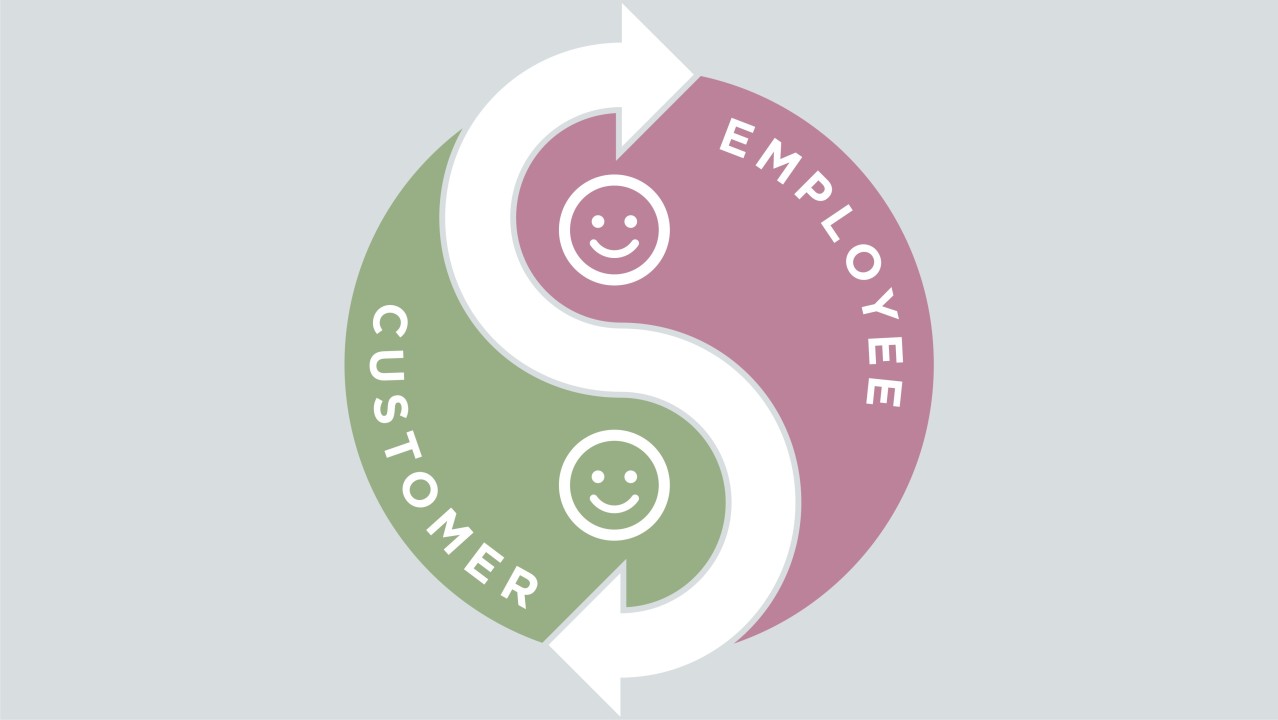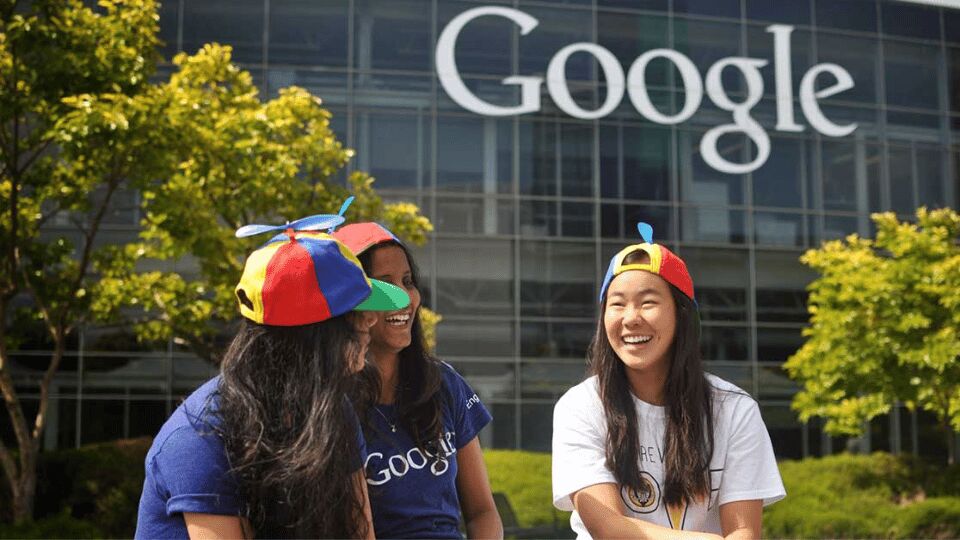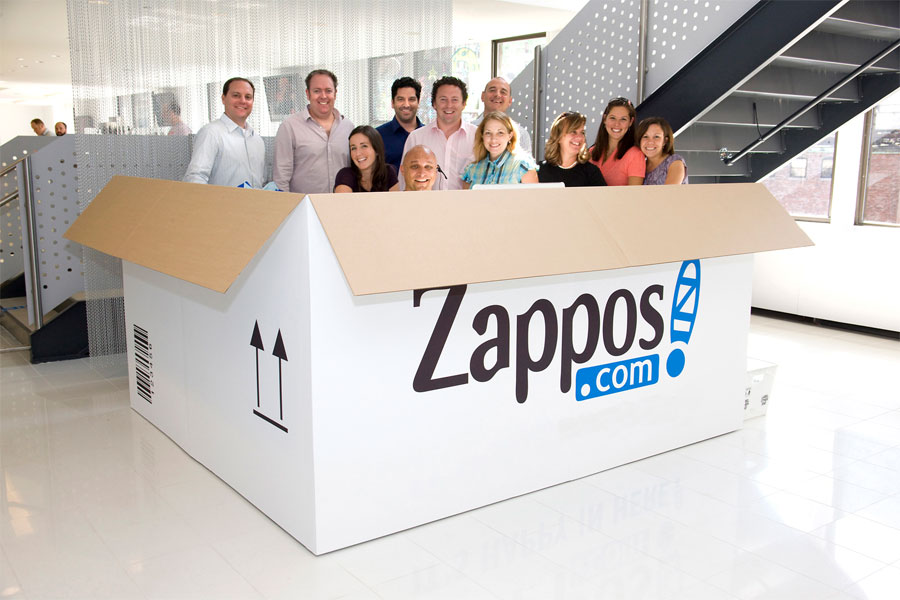Employees 1st, Customers 2nd

By fostering a positive, empowering work environment, companies build strong relationships with employees, ensuring the team delivers exceptional service
The concept that happy, empowered staff are better able to provide remarkable customer experiences is a common rationale for leading organisations that put people first and consumers second.
Many successful businesses are based on this principle, which reflects a growing awareness that happy employees are the engine that drives success. These businesses improve their product quality, customer service, and brand loyalty by investing in the happiness, training, and well-being of their employees. With examples from the real world, this article delves into the why and how of this strategy that top businesses use.
The “Employees First, Customers Second” theory
An increasingly important component of developing a successful brand is the notion of prioritising employees above consumers, which undermines conventional customer-centric company strategies. Companies foster an atmosphere of intrinsic motivation, engagement, and brand loyalty by prioritising their staff. Greater dedication to providing excellent service, enhanced problem-solving abilities, and increased productivity are all outcomes of this intrinsic fulfilment.
When employees feel appreciated, they are more inclined to go the extra mile for customers, which in turn increases trust and loyalty. In addition to fostering a more cohesive team and lowering the expenses of recruiting and training, a strong company culture that values its people first also decreases turnover. This creates a virtuous cycle where clients gain from dealing with enthusiastic, well-informed, and satisfied staff.
Companies leading the way in the “Employees First” initiative
By prioritising their staff, some well-known firms have managed to achieve long-term success. Some businesses have used this principle in the following ways:
- Southwest Airlines
Southwest Airlines is an established example of how the firm places a premium on its workers. This strategy is fundamental to the organisation. When Southwest takes care of its employees, it helps that the employees value its customers and wants them to be treated with the same respect and caring.

Employee autonomy and adaptability are key tenets of the airline’s business plan. For instance, to provide a more customised and pleasant experience for customers, flight attendants and customer support representatives are motivated to make judgements in real-time to resolve passenger issues. Lower turnover and high levels of employee satisfaction are outcomes of Southwest’s extensive benefits, flexible work rules, and dynamic workplace culture.
Southwest has attained some of the greatest levels of customer satisfaction in the airline business by cultivating this culture, demonstrating that the “employees first” theory yields greater results in customer service.
One reason Google is considered one of the top places to work is because of the company’s dedication to its employees. The software company provides more than just the bare minimum in terms of benefits; employees also have access to a variety of training and education programs, a flexible work schedule, free lunches, and a wellness centre on the premises. Also, by conducting surveys on a regular basis, Google is able to hear what its employees have to say and use that information to make the workplace better.

Google inspires its workers to be more inventive, productive, and customer-focused by investing in their development and well-being. Because of this employee-first policy, Googlers can take pride in their work and approach projects with energy and excitement, which is crucial for a firm that values innovation and problem-solving. What is the outcome? When it comes to innovation and happy customers, Google is still at the top.
- Zappos
An employee-centric culture is the key to success for Zappos, the customer-service-renowned online retailer. “Deliver WOW through service” is the company’s renowned slogan, and it stems from the belief that an engaged and contented team inherently provides exceptional client service. As part of its novel onboarding program, Zappos compensates new hires financially if they decide they aren’t a good match for the firm. By doing so, they can be sure that only really committed and content workers remain.

More than that, Zappos supports its employees via training and empowerment programs and promotes an inclusive, welcoming, and enjoyable work environment. There is a strong emphasis on work-life balance, many team-building activities, and an open-door policy with leadership. The foundation of Zappos’ brand reputation is the dedicated team that comes from this employee-first approach. They give exceptional service.
- HCL Technologies
The “Employees First, Customers Second” (EFCS) ideology was implemented by HCL under the tenure of former CEO Vineet Nayar. To reinvigorate HCL, Nayar implemented this strategy, which places an emphasis on responsibility, openness, and trust among employees.
Staff morale, output, and creativity were all boosted by this approach at HCL. Better problem-solving and customer satisfaction resulted from the company’s policy of empowering staff to take responsibility of client concerns. To further guarantee that leadership was held to account, HCL even developed a mechanism whereby workers could assess their supervisors. Employee and customer satisfaction skyrocketed at HCL consequently, proving that investing in workers’ happiness is the key to a successful company.
Critical approaches to deploying “Employees First, Customers Second”
Several basic strategies are used by top companies to prioritise their employees:
- All-inclusive benefits and work-life balance
A key component of a “employees first” approach is the provision of enticing perks and the promotion of work-life balance. Salesforce and similar companies provide generous benefits packages that include healthcare, parental leave, wellness initiatives, and flexible scheduling, among many others. Employees can stay productive and experience less burnout as a result of this assistance, which also helps to foster a healthy work environment.
- Empowerment and autonomy
Giving workers more say in daily operations boosts morale and ultimately benefits customers. The sales associates at Nordstrom, a high-end store, are empowered to own their interactions with customers. Customers have extraordinary experiences and remain loyal because employees are motivated to go above and beyond to meet their needs.
- Opportunities for professional advancement and growth
Training programs, mentoring, and internal promotion channels are ways that top firms engage in professional development. A good example of an organisation that fosters loyalty and ambition in its employees is Marriott International, which places an emphasis on internal career advancement. Employees are more involved in the success of the firm and customers are happier because of Marriott’s emphasis on employee advancement.
- Regular feedback and open communication
Trust and openness are fostered when management and staff are able to communicate freely. Companies that have fostered a culture of feedback, such as HubSpot, encourage workers to often voice their opinions on how to enhance the workplace. Because of this feedback loop, businesses may adjust rules, increase morale, and make workers feel appreciated.
The positive aspects of putting employees first
A multi-pronged “employees first, customers second” mentality has several positive outcomes that are good for business and for consumers:
- Improved satisfaction and retention rates among employees
Loyal and motivated employees are the result of employers that care about them as people. A more competent and experienced employees is the result of lower turnover, which in turn saves money on recruiting. Low turnover rates are one consequence of Costco’s focus on employee happiness; this, in turn, allows the company to maintain a staff that reliably provides outstanding customer service.
- Raising satisfaction and loyalty among customers
Superior customer experiences are more likely to be provided by engaged personnel. For example, baristas at Starbucks get perks like healthcare and tuition reimbursement since the company values them highly. Employees are enthused and pay close attention to detail, which results in satisfied customers and strong brand loyalty.
- Positive brand reputation
Customer perceptions of companies tend to be more positive when such companies have cultures that prioritise their employees. Brands that care about their workers and treat them properly are more respected by consumers nowadays. Customers who share the principles of a company like Patagonia—which advocates for a healthy work-life balance and protection of natural resources—tend to be loyal buyers.
- Greater innovation and productivity
Employees that have a sense of agency are more inclined to speak out, come up with new solutions, and provide innovative ideas. The supportive approach at Google, where workers are encouraged to take risks, is a key component of the company’s innovation culture. Google can create innovative products and solutions because of this culture of innovation.
Challenges and Considerations
Although there are obvious advantages to putting people first, businesses must strike a balance between employee priorities and consumer demands to keep their market from becoming alienated. Extensive employee incentives aren’t always within budget, and regulations that are too lenient might have an adverse effect on productivity.
Furthermore, a change in culture and support from upper management are necessary for an employee-first strategy to be implemented.
Conclusion
Many companies have achieved great success by prioritising the well-being of their workers before paying attention to their consumers. A more sustainable company model is the end outcome of this strategy’s driving forces: innovation, client happiness, and loyalty.
Building great connections with workers and motivating them to give outstanding service are both achieved by creating a happy and inspiring work environment. This focus on employees has emerged as a key distinction in today’s competitive market, helping firms who adopt it succeed in the long run.




1 Comment